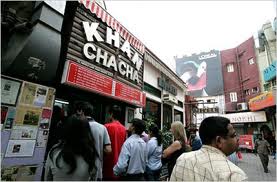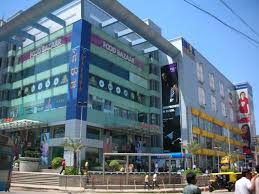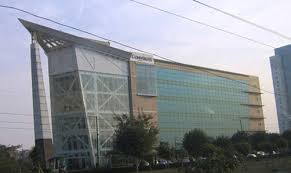 After many hotels started offering child-friendly features to attract customers, now the real estate sector is also following the trend to use that index to get buyers and tenants. Apart from child friendliness index, these days real estate portals are trying to include a silver lining to the sluggish market by providing reliable info on interior decoration, movers and packers, legal services, and even pest control services in the property.
After many hotels started offering child-friendly features to attract customers, now the real estate sector is also following the trend to use that index to get buyers and tenants. Apart from child friendliness index, these days real estate portals are trying to include a silver lining to the sluggish market by providing reliable info on interior decoration, movers and packers, legal services, and even pest control services in the property.
The new portals have been started by young entrepreneurs. This is giving tough competition to other established players in the market, according to experts.
The new sites offer various services which a potential customer would like to have beforehand on his table. It makes house hunting task easier, which is why these sites are growing rapidly and more new sites will keep coming in, according to an survey.
The ‘Child Friendliness Index’, will provide users all the information related to schools, parks and hospitals around the neighborhood as well its proximity to the area with a rating attached to them – most child friendly, least child friendly and intermediate.
The index measures the vicinity on three different criteria — the number of schools, hospitals and parks in an area, as well as the proximity of these facilities to the areas.
On several portals which offers apartments/societies management software, also provides services related to home décor, health, education, home appliances amongst others for owners for the flats. And for RWAs (resident welfare associations), it offers a different set of services ranging from car dealers, rain water harvesting, interior design and others.
Some are also planning to provide 3D rendering for selling apartments in new projects by developers, which will allow buyers to have a whole picture of the area with zoom option and the vicinity as well through the site.
It already offers virtual tour of the apartments up for rent/sale on its site, where users can see the pictures of every room/kitchen/balcony in the house before making a decision. The portal is already live in 10 cities and plans to expand further across India.

















